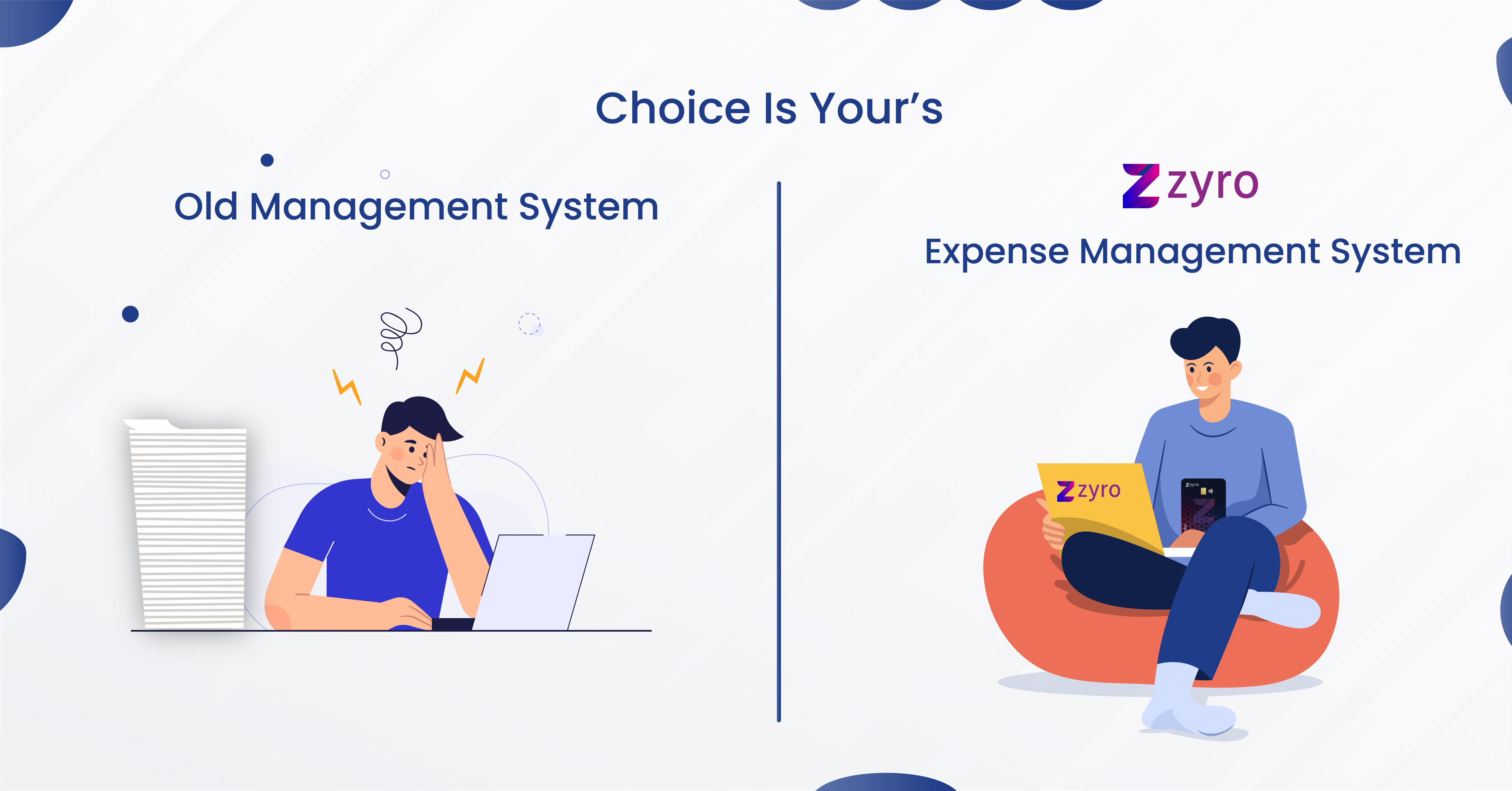Managing company costs is a top priority for all businesses, but manual procedures, paper receipts, and handwritten notes are tough to manage. By using software to track and monitor employee spending, businesses may speed up the expense management procedure, decrease mistakes, and expedite reimbursements.
What Is Expense Management Software?
Expense management monitors employee spending defines how the firm will compensate employees for incurred expenses. It also applies the rules and methods used to regulate this expense. For instance, if employees are provided daily food allowances while travelling, the expense management process will account for these restrictions when creating reimbursements for employees.
Why Is Expense Management Software Important?
Employee expenses are one of the bills that all businesses must be able to pay on time to remain in business. Any firm with personnel that do business away from the office will always need effective expense control. Even anything as basic as a client lunch paid for by an outside sales manager must be recorded, authorised, and repaid.
With efficient expense management practices, businesses can make reimbursement promptly and correctly. After incurring a cost, employees dislike having to wait months for reimbursement.
Types of Expense Management
Companies manage expenses in several different ways, including:
Expense Management Process
Expense management is a multi-step process that involves documenting and reporting expenses, which may entail: filing reimbursement claims, approving or refuting those claims, scheduling the claims for payment, and, lastly, reimbursing the employee.
With the appropriate mechanism in place, businesses can monitor their expense, ensure workers aren't abusing the system, and take swift remedial action (e.g., notifying employees that they're spending more than they should in specified areas). A brief review of a salesperson's receipts will disclose the infringement if, for instance, they have been travelling first class without prior consent.
Manual processes may make it difficult to identify these difficulties, especially for companies with an expanding field workforce. Common problems include missing information, accepting expenses without a complete assessment, and sluggish approvals. This wastes the workers' time and leaves them wondering where their expense checks are (frequently because they are already incurring expenses for the following period).
Traditional vs automated expense management
As with many manual business operations, handling spending manually may be inefficient, time-consuming, and prone to mistakes. Nonetheless, according to a recent poll, a significant proportion of businesses continue to do so without realising the advantages of automated spending management:
The established advantages of automating this area of a company's operations are well-known. 82% of organisations that have invested in or intend to engage in technology to assist expense management to cite the simplification of the expense reporting process for workers and managers as a key motivation for the move. Other major drivers include the demand for real-time insights into spending and the need to centralise the company's spending management activities on a single platform instead of being dispersed over several spreadsheets and documents.
Expense Management Policy
Implementing a policy on cost management that everyone must adhere to is one of the most effective means of limiting employee spending. A policy may justify why an expense is rejected or questioned and aid in determining whether to repay the charges.
Included in all spending guidelines should be:
It is essential that businesses continually revise their spending management policies. As your firm develops and extends into new business areas, it must modify its policy to account for these changes.
Don't forget to add best practices such as demanding pre-approvals for particular spending, clearly describing the processes of the approval process and other features that may assist avoid possible issues when expenses are flagged.
What Does an Expense Management System Do?
This system automates the recording, monitoring, approval, and payment of workers' reimbursable expenses. By the company's expense management policy, expense management software ensures that the firm does not overspend on allowed (or disapproved) charges.
A system for managing expenses also offers analytical tools that enable the business to make more informed future expense choices and policy revisions. Lastly, the system facilitates compliance and accountability by correctly reporting all expenses.
Integrating cost management software with an enterprise resource planning (ERP) or accounting system offers further advantages. It removes the need for accounting personnel to upload or manually input expense report data, saving time and decreasing the chance of mistakes. Once costs are authorised, payment is immediately planned, resulting in speedier employee reimbursement.
The expense report data with ERP data comprehensively analyse categories and regions, brands, or business segments. Integration, for instance, enables service providers to more easily assign charges to specific projects, reducing issues over how expenses should be assigned or to which client they should be invoiced.
Expense Management Software Capabilities and Features.
Here are a few of the most important functions and features of expense management software:
Why Should You Use an Expense Management System?
Manual handling of expense reports is costly and time-consuming. The Global Business Travel Association reports that:
Companies that automate the expense management process may significantly reduce the time and money spent on this essential operation. At the same time, they receive more insight into the spending patterns of individual workers, making it simpler to identify and resolve disproportionately high costs.
Conclusion
In addition to eliminating the risks and hidden expenses associated with expense reporting, an automated expense management system simplifies the whole process. It also reduces the amount of manual labour your staff and finance teams must do.
A growing organisation needs fully automated expense management software. It facilitates the expense reporting procedure for staff. It is also more effective for finance staff to record and manage company spending. Automated expenditure management software is a cutting-edge solution that helps save time and money.

 SoftPOS
SoftPOS Loans
Loans Careers
Careers About US
About US  Blog
Blog  News
News FAQ's
FAQ's Policy
Policy